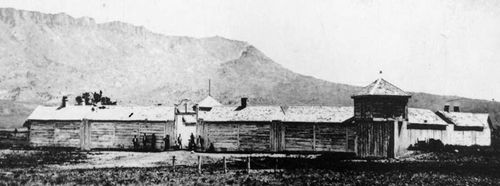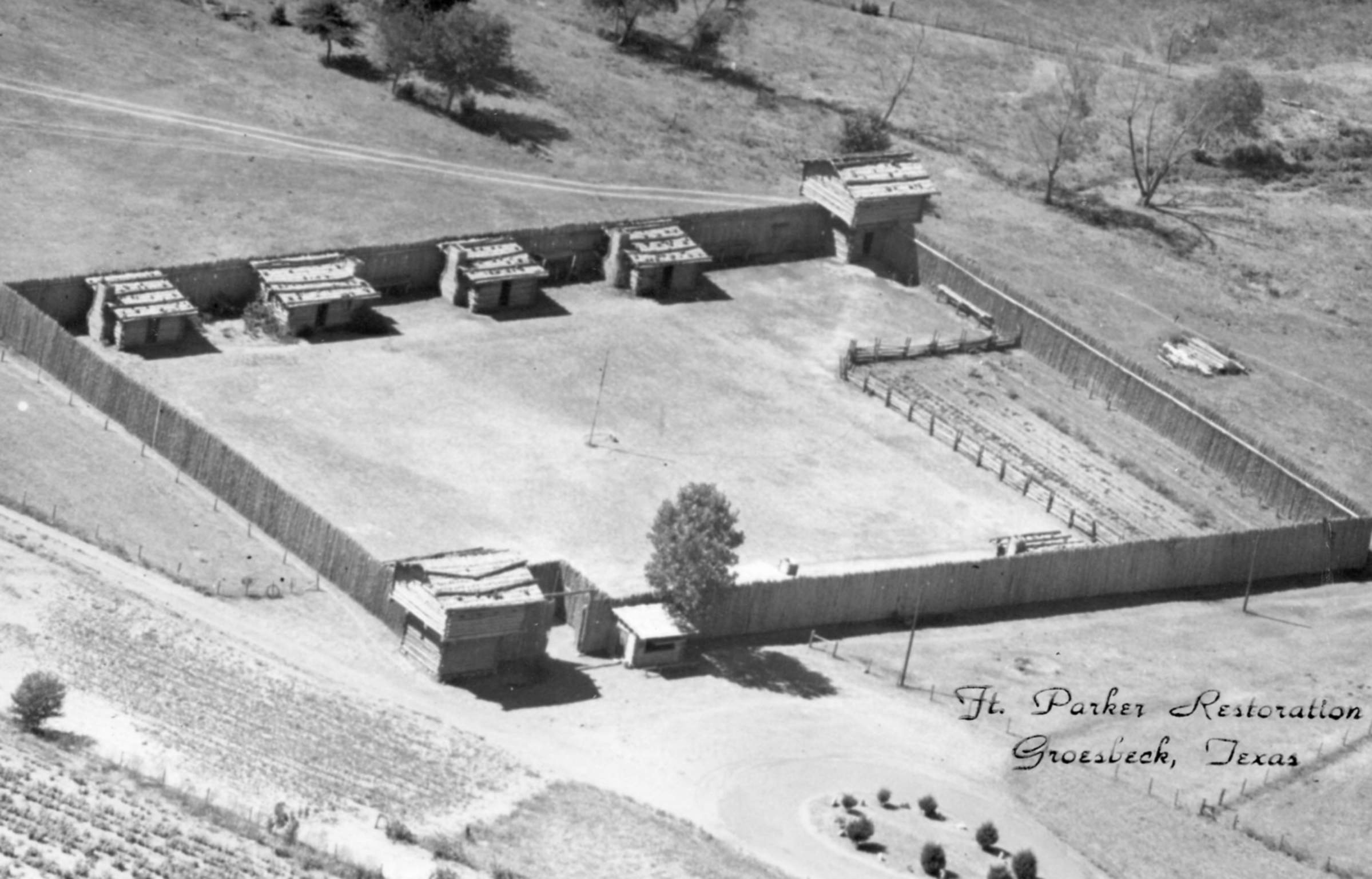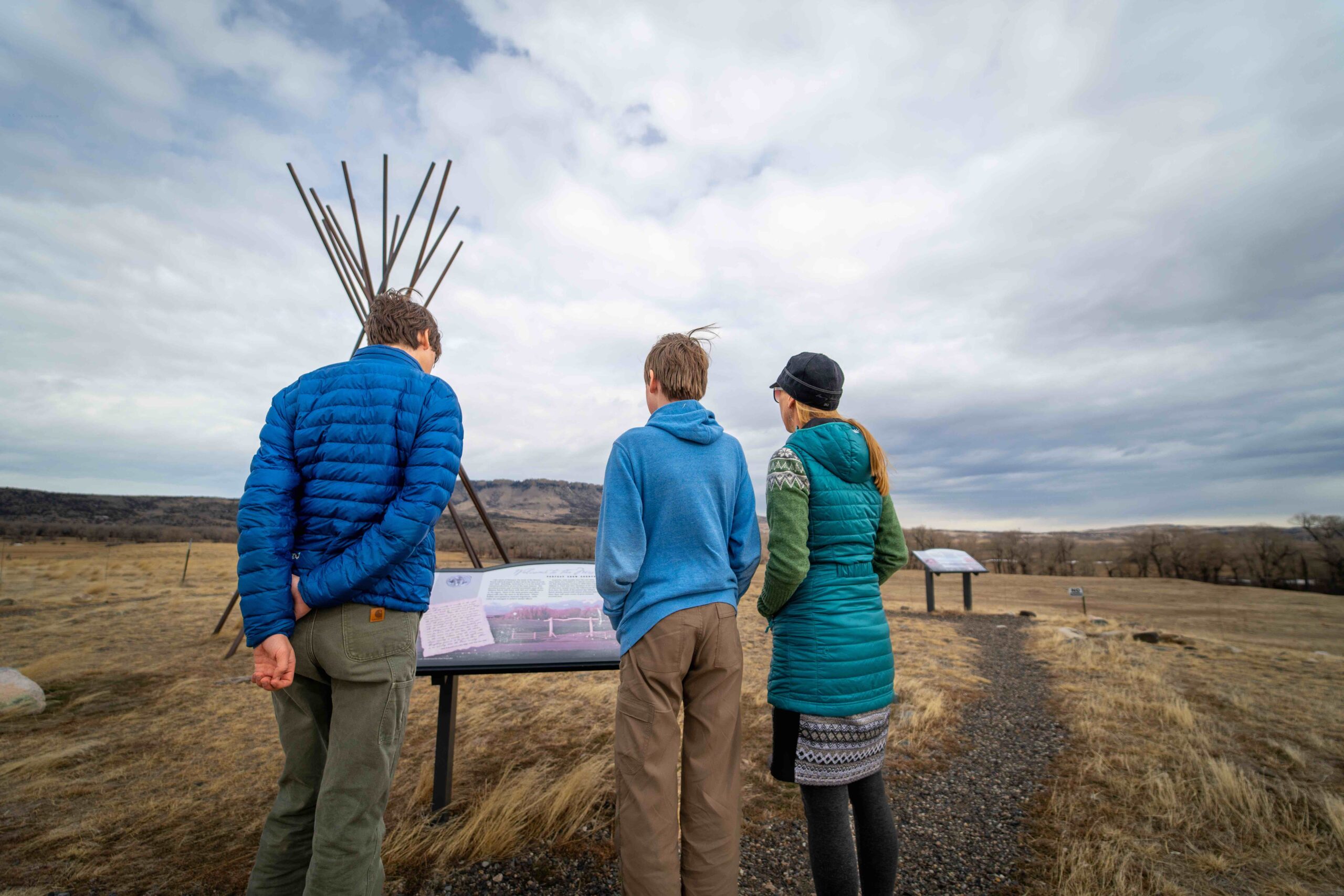
The Ghost of American Ambition: Unearthing Fort Raymond in Montana’s Wild Frontier
In the vast, untamed expanse of what would one day become Montana, where the Missouri River carves its ancient path through rugged landscapes, the early 19th century was a crucible of ambition, danger, and the relentless pursuit of fortune. It was a time when the echoes of Lewis and Clark’s epic journey still resonated, and the vast resources of the American West beckoned a new breed of entrepreneur. While the prompt mentions "Fort Parker," the most historically accurate and recognized name for this pioneering American outpost in Montana is Fort Raymond, also widely known as Manuel Lisa’s Fort. This article will delve into the profound significance of Fort Raymond, its formidable founder, the brutal realities of frontier life, and its enduring legacy, acknowledging the fluidity of historical naming in such a remote era.
A Vision Beyond the Horizon: Manuel Lisa’s Audacious Dream
The story of Fort Raymond begins not with a government mandate, but with the audacious vision of one man: Manuel Lisa. Born in New Orleans in 1772 to Spanish parents, Lisa was a seasoned merchant and trader from St. Louis, Missouri. Unlike many who simply reacted to the opportunities presented by the Louisiana Purchase, Lisa saw beyond the immediate horizon. He understood that the American fur trade, then largely dominated by British companies like the Hudson’s Bay Company and the North West Company, was ripe for disruption. The lucrative beaver pelts, prized for European hat-making, represented an untapped goldmine, and Lisa was determined to claim it for America.

In the spring of 1807, just a year after Lewis and Clark’s return, Lisa launched his boldest venture. He assembled a diverse crew of about 40 men, including seasoned frontiersmen, skilled boatmen, and even some who had accompanied Lewis and Clark, such as George Drouillard. Their objective: to establish the first permanent American trading post deep in the heart of the northern Rockies, far beyond the established limits of American settlement. This was not merely a commercial enterprise; it was an act of economic and territorial assertion, a direct challenge to British supremacy in the burgeoning West.
The Perilous Journey and the Birth of Fort Raymond
The journey itself was an epic undertaking. Paddling and poling their keelboat, the St. Louis, and several pirogues against the powerful current of the Missouri River, Lisa’s expedition faced immense challenges. The river was a gauntlet of snags, sandbars, and the constant threat of hostile encounters with Native American tribes. The physical exertion was immense, the isolation profound, and the stakes incredibly high.
After months of relentless travel, in the late autumn of 1807, Lisa and his men reached their destination: the confluence of the Bighorn and Yellowstone Rivers, where the Yellowstone flows into the Missouri. This strategic location, near present-day Fort Union Trading Post National Historic Site (though Lisa’s fort was slightly upstream on the Yellowstone), offered access to the rich fur country of the Yellowstone valley and proximity to various Native American tribes, particularly the Crow, who were known for their horsemanship and hunting prowess.
Here, in this remote wilderness, they began construction of their fort. It was not a grand military installation but a functional, defensible trading post, built primarily from cottonwood logs. Named Fort Raymond, likely after Lisa’s son Raymond, it was a testament to American ingenuity and sheer will. It comprised a stockade, living quarters, a trading room, and storage facilities for goods and furs. Its very existence, a thousand miles upriver from St. Louis, was a marvel of logistics and determination.
Life on the Edge: Trade, Alliance, and Conflict
Life at Fort Raymond was a brutal dance with nature and the ever-present threat of human conflict. Winters were long and unforgiving, characterized by bitter cold, deep snow, and the constant struggle for sustenance. The men lived in cramped quarters, their days a monotonous cycle of hunting, trapping, preparing furs, and maintaining the fort. Isolation was profound; help was months away, if it could even be summoned.
The primary purpose of Fort Raymond was trade. Lisa’s men exchanged European manufactured goods—firearms, ammunition, blankets, beads, knives, kettles, and tobacco—for the highly sought-after pelts of beaver, otter, and buffalo robes from local Native American tribes. Lisa, a shrewd businessman, understood the importance of building relationships. He cultivated alliances with tribes like the Crow and the Hidatsa, recognizing them as essential partners in the fur trade. These relationships were often forged through a combination of diplomacy, strategic gift-giving, and sometimes, intermarriage.

However, the frontier was also a place of constant tension. The Blackfeet, a powerful and fiercely independent confederacy, viewed the intrusion of American traders with suspicion and hostility. They saw the traders as encroaching on their ancestral lands, disrupting their way of life, and supplying their traditional enemies with weapons. Encounters with the Blackfeet often turned violent, leading to raids, skirmishes, and the tragic loss of life on both sides. Fort Raymond, despite its fortifications, was a vulnerable outpost in a vast, contested territory. The fear of a Blackfeet attack was a constant companion for the men stationed there.
The "Fort Parker" Connection and Historical Nuance
It is important to address the name "Fort Parker." While historical records predominantly refer to Lisa’s pioneering outpost as Fort Raymond or Manuel Lisa’s Fort, the less common designation of "Fort Parker" might stem from several possibilities. It could be a local colloquialism that emerged over time, a name associated with a later, perhaps smaller or less documented, trading post in the general vicinity, or even a confusion with other figures or places in the extensive history of the American West. Given the vastness of the frontier and the often informal naming conventions of early outposts, such variations are not entirely surprising. However, for the sake of historical accuracy and understanding the foundational American presence in Montana, Fort Raymond remains the definitive name for Lisa’s groundbreaking establishment.
A Short-Lived Triumph, A Lasting Legacy
Fort Raymond, in its original incarnation, was relatively short-lived. By the spring of 1808, Lisa returned to St. Louis with a substantial cache of furs, proving the viability of his venture. He left a contingent of men, including his partner Andrew Henry, to manage the fort. However, the relentless pressure from the Blackfeet, coupled with internal challenges and the inherent difficulties of maintaining such a remote outpost, eventually led to its abandonment.
Lisa, ever adaptable, continued his fur trading operations in the region, establishing Fort Manuel in 1812 further up the Missouri River, near the mouth of the Bighorn River, to serve the Arikara and other tribes. This shift was partly a response to the escalating hostilities with the Blackfeet and the strategic need to find more secure trading grounds. The War of 1812 also played a role, disrupting trade routes and forcing American traders to consolidate their efforts closer to the Missouri River’s main stem.
Despite its brief existence, Fort Raymond’s impact was profound. It marked the definitive beginning of American commercial enterprise in what would become Montana. Lisa”s success demonstrated that American traders could indeed compete with, and even surpass, their British rivals in the interior. It paved the way for subsequent fur companies, most notably John Jacob Astor’s American Fur Company and the various iterations of the Rocky Mountain Fur Company, to push further into the West, establishing a network of posts and initiating the era of the "Mountain Men."
Fort Raymond also highlighted the complex and often violent dynamics between American expansion and Native American sovereignty. The fort’s very existence was a symbol of encroachment, leading to the conflicts that would define much of the 19th-century West.
Echoes in the Landscape: Fort Raymond Today
Today, little remains of the physical structure of Fort Raymond. The forces of time, river erosion, and the ephemeral nature of log construction have long since reclaimed the site. The exact location is believed to be within the boundaries of what is now the Charles M. Russell National Wildlife Refuge, a testament to the wildness that still characterizes the region.
However, the spirit of Fort Raymond, and the audacious ambition of Manuel Lisa, lives on. It is remembered as a crucial chapter in the story of American expansion, a symbol of the raw courage and entrepreneurial spirit that defined the frontier. Historians and enthusiasts continue to study its legacy, understanding that this humble log fort, built against all odds, was a vital stepping stone in the nation’s westward journey.
Standing on the banks of the Yellowstone or Missouri today, one can almost hear the echoes of Lisa’s keelboatmen, the shouts of traders, and the distant calls of Native American hunters. Fort Raymond, though largely vanished from the physical landscape, remains a powerful reminder of a time when Montana was truly the "last best place," a wild frontier where dreams were forged, and the future of a nation was slowly, painstakingly, being built. It was here, in this remote corner of the American West, that the first seeds of American commerce and influence were sown, laying the groundwork for the vast and diverse state that Montana is today.

